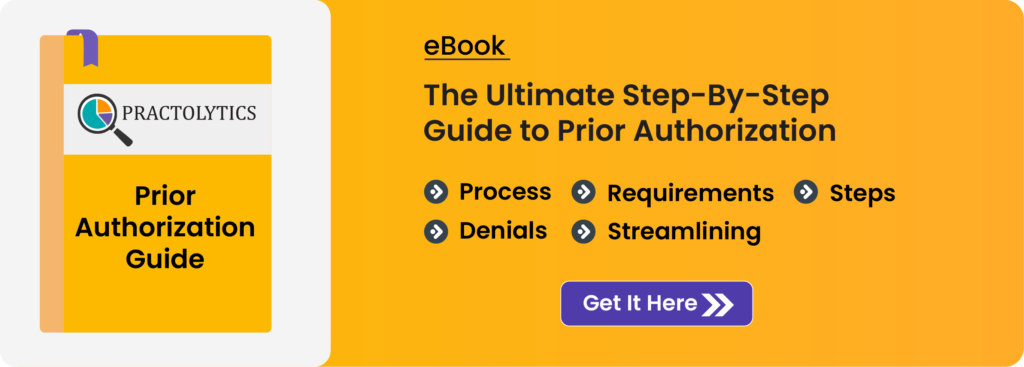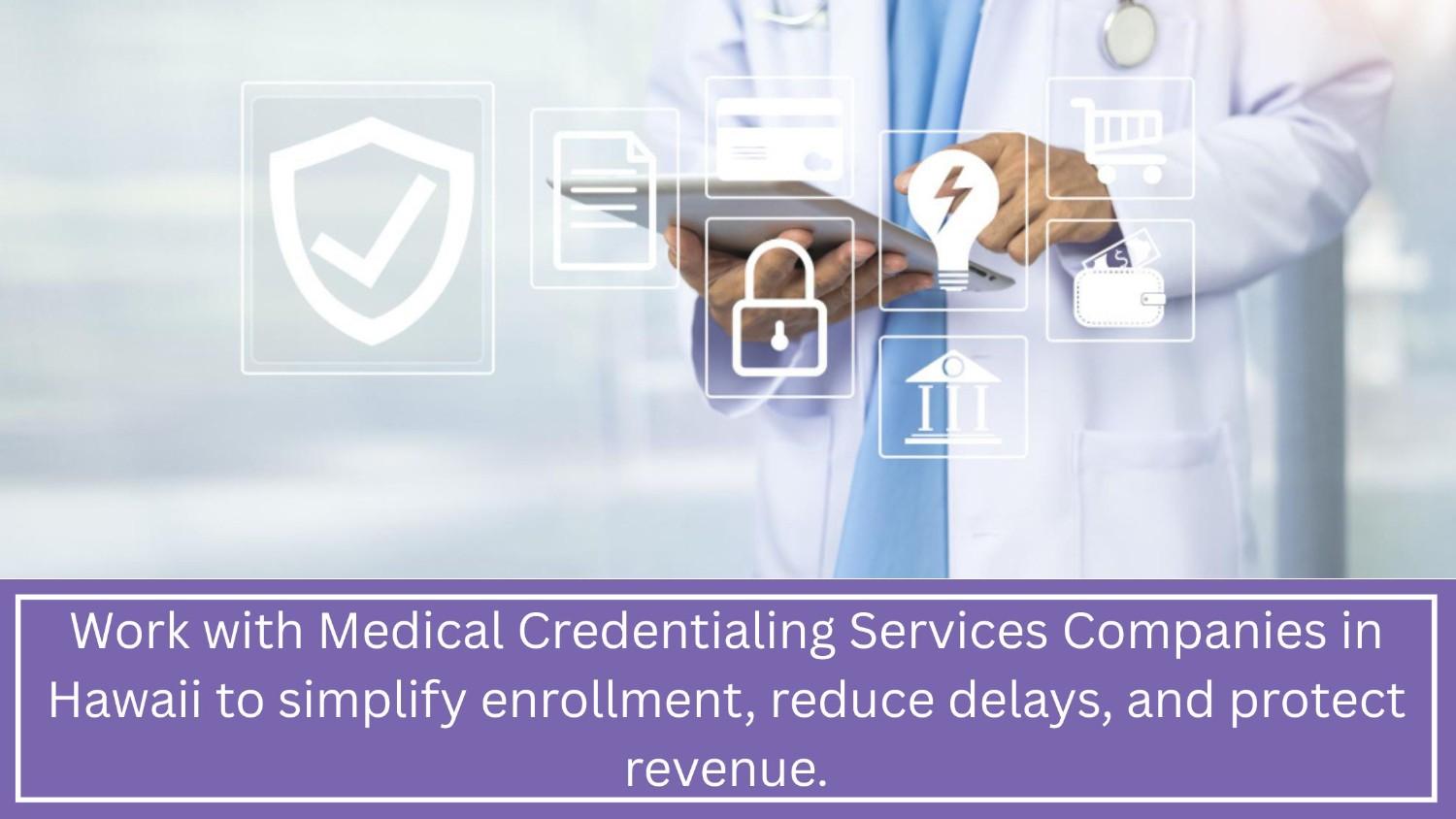Reduce Your Workload by Outsourcing Prior Authorization
Managing Outsourcing Prior authorization is an essential component of Revenue Cycle Management (RCM). Prior authorization, often known as “pre-authorization,” is indeed a healthcare insurance provider mandate that the physician receives permission from the patient’s coverage before the insurer would pay the expenses of a certain drug, medical equipment, or operation.
This sometimes entails a health physician filing a Prior authorization application to demonstrate to the insurance provider why a certain prescription, medical equipment, or operation given is medically required. The insurance provider will then have standards that must be achieved before agreeing to reimburse the particular equipment or therapy.
Table of Contents
Why is Prior Auth Necessary?
There are numerous reasons why prior authorization is necessary. Prior authorization is used by every insurer of health insurance to control healthcare expenditures. This procedure will ensure that the service and medicine required by the physician are genuinely medically essential.
In nutshell, pre-authorization for health coverage is a method of rationing care. Healthcare insurance companies are limiting paid access to pricey medications and treatments, ensuring that the only individuals who receive these prescriptions or treatments are those who need them.
Prior Authorizations: How Long Do They Take?
Prior authorization might take several days to obtain. But, being upfront and having a comprehensive conversation record can assist to decrease the length of time it takes to obtain prior auth. Having some kind of notification so you remember whenever the initial claim was submitted, as well as adhering to a very rigorous follow-up plan, will also assist you to prevent the unpleasant disruption caused while obtaining prior auths. Here are some strategies to assist you to improve the efficiency of your prior auth process:
- Begin the Prior Auth procedure early.
- Understand the important dates about when the details/info must be submitted.
- If the requested approval hasn’t been granted within five working days, initiate a follow-up mail or telephone call.
- If you require a short-term procedure, please do not hesitate to enquire.
- Allow your patient to take part in the procedure to speed up approval.
Prior Authorization in Medical Billing: What Is It?
Prior authorization is the procedure of handling the authorization/permission granted to the insurer for authorization of a hospital billing service, procedure, or medical prescription. An insurer may approve service & issue an authorization number which must be added to the claim before reimbursement submission. The right CPT code is required to ensure a seamless flow in this procedure.
How Can The Prior Authorization Process Be Improved?
Electronic System — The existing procedure is extremely manual that includes practitioners, insurers, pharmacists, and patients/consumers in a time-consuming flow of data that can sometimes lead to treatment delays or frustration for everyone. Many organizations are using electronic prior authorization methods to address typical challenges with the approvals procedure.
Electronic Prior Authorization connects seamlessly with EHRs- Electronic Health Records, allowing healthcare practitioners to quickly receive prior authorizations at the point of treatment. All this removes the need for time-consuming documentation, fax, texts and calls.
Understand the insurance provider’s policies — In order to prevent patient delays, physicians must verify prior authorization criteria before delivering treatments or submitting medications to the pharmacist.
A practice usually understands whether prior authorization is required for regularly conducted medical treatments and procedures based on prior experiences.
Although if you’re aware of the prior authorization criteria for certain services, it is always a good idea to keep an eye on healthcare insurance provider bulletins, or portals for any revisions, since insurance providers routinely revise their prior authorization schemes.
Create a protocol — Prior authorizations generally demand the filing of documents to substantiate healthcare necessity and also to highlight any previous care delivered to the patient. Prior authorization is done more quickly when precise, full details are conveniently available within health records.
Use a centralized system — Prior authorization responsibilities should be centralized to increase efficiency, resolve the inconsistency, and offer a more dependable & reliable approach. Outsourcing the prior authorization procedure to a prior authorization expert will allow for a more efficient approach while also allowing for the development of relationships with insurers.
Follow up on prior permission approval on a routine basis — Prior authorization filing documents with dates and timestamps and a systematic follow-up procedure ensure that filed prior authorization requests don’t get lost.
Final Thought
Every medical organization’s success depends on how well its prior authorization procedures are handled. As a whole, your medical organization’s revenue and efficiency of operations are impacted by the prior auth procedure in practically every way.
By teaming with an experienced prior authorization outsourcing service company, you can reduce your operational workload. Your profit margins will be maximized, claims processing will be improved, and reimbursements will be made in time if you outsource your prior authorization procedures.
We at Practolytics, specialize in next-generation RCM services, such as prior authorizations, to help medical practices improve cash flow and streamline their medical billing processes.
Please emails us at [email protected] (or) Call us at: (803) 932-9624.
ALSO READ – 5 Approaches to Streamline Prior Authorization Turnaround Times
Talk to Medical Billing Expert Today — Get a Free Demo Now!






